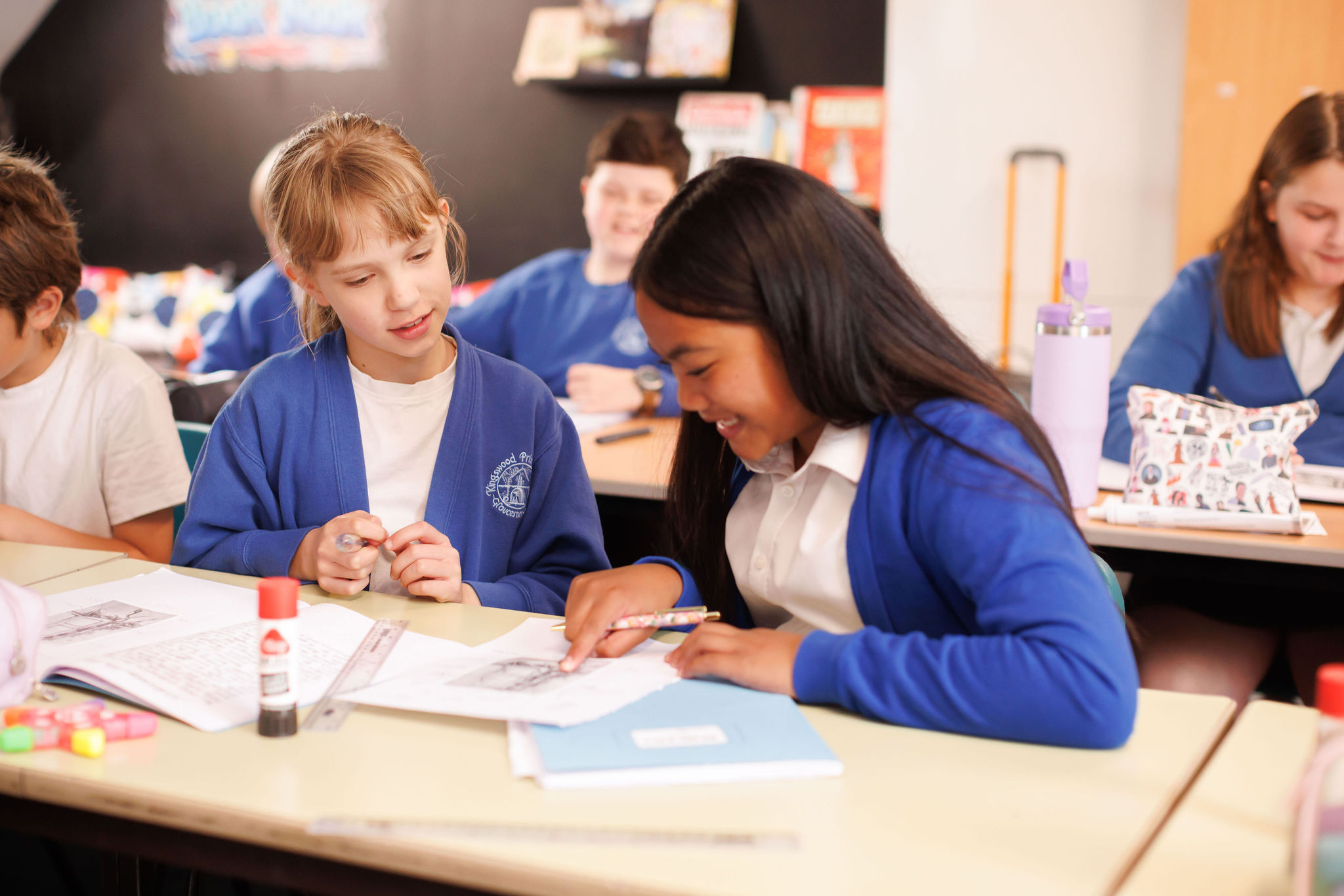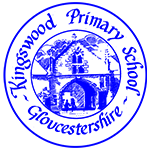Writing
Spelling
When children can spell confidently, they are able to concentrate on what they want to write, rather than how to write it. They are more likely to use interesting words if they can spell them and to become more fluent writers. In Reception and Key Stage 1, children learn to segment words and identify the sounds they need during their daily phonics sessions. In Year 2, they begin to learn some spelling rules, such as adding certain suffixes to enable them to spell some more complex words. Children across the school will also learn to spell Common Exception Words. These are words that get used a lot in both speech and writing. By teaching children words that don’t follow standard phonics spelling conventions, they will feel less confused when they come across them in their reading. This will in turn help to improve their reading fluency.
In Key Stage 2, children follow the Spelling Shed scheme in a rolling 2 year cycle. This focuses on the high -frequency words that children should be able to spell at the end of each year, the new spelling rules for each year group, whilst also recapping the high-frequency words and spelling rules of the year group before.
Spelling Shed - Spelling game for school and home
Handwriting
We also want all our children to have a neat, legible handwriting style and use Letterjoin across the school to support this. In Reception, we focus on fine motor skills to ensure all children have the muscle strength for writing. The children begin to learn how to correctly form the letters.
In Key Stage 1, our children begin to learn how to form the letters with a lead-in and lead-out which gets them ready for joining their writing. By the time the children start KS2, most are doing this confidently. We continue to practise our handwriting with daily short sessions in Key Stage 2. Joined up writing not only ensures the children's work is more presentable and readable, but increases the children's ability to write quickly and fluently.

Creative Writing
In Reception the children start their writing journeys using Drawing Club. It is an educational approach that combines drawing and writing to teach literacy skills. It is a creative way to engage children in the writing process, helping them to express their thoughts and ideas through drawing and writing
Across the rest of the school, we have developed our own writing curriculum for Fiction and Non-fiction, loosely based on the ‘Talk for Writing’ programme and adapted for our own needs. Each unit of writing starts with a 'hook' which really fires up the children's imagination. They then follow a sequence of lessons focusing on both the structure and key features of each text type, and specific grammar focuses they need to learn. After this, they progress to shared and independent writing, applying their skills with confidence. Our pupils enjoy studying high-quality models of writing, analysing and exploring them to serve as inspiration for their own written works.
Our students engage in various forms of writing, including stories, poetry, reports, debates and newspaper articles across each academic year. They also have the great opportunity to take part in our Poetry Competition which occurs every year. They can choose to learn a poem written by another author and perform it to the school, or write and enter a poem of their own creation.
